The biggest conflict since World War II and the important role of Russia and the US
Western observers say the Ukraine issue is the most serious military crisis since World War II. Compared to wars in the Middle East or the Korean War, the Ukraine conflict stands out in three key aspects.
First, the risk of nuclear escalation makes this war a direct threat to the survival of all humanity - something that has never happened in any other regional conflict.
Second, the war took place right in Europe, the center of world military and political power, where the influence of the superpowers was always present.
Third, this is a direct confrontation between two large countries with significant military capabilities.
Therefore, the solution to the Ukraine problem cannot be a linear process or a simple peace plan. Ending hostilities requires a multilateral, complex and systemic process.
In this context, the dialogue between the leaders of Russia and the United States has a special strategic significance. Although the two leaders are unlikely to resolve all the technical aspects of the issue, they can create the most important thing: a minimal atmosphere of trust, and a clear signal to the international community that the peaceful path is the only way out.
In recent months, there has been a degree of “tacit” consensus among major military powers that direct conflict between them would have unpredictable consequences. Given the many changes that have occurred since Russia’s military campaign began and the political changes in the United States in January 2025, this can be seen as a positive step forward, as the conflict appears to be gradually coming under the control of the parties involved.
In that context, the telephone conversations between President Vladimir Putin and President Donald Trump can be seen as a step towards a “strategic compromise.” However, it must also be acknowledged that neither side has complete control over the current situation on the ground.
It can be affirmed that the level of international concern surrounding the crisis in Eastern Europe has somewhat decreased, although the peace process still requires perseverance, patience and serious commitment from the parties involved.
Three key levels in the negotiation process related to the Ukraine crisis
According to Doctor of Science Timofey Bordachev, Program Director of the Valdai Discussion Club and member of the Russian International Affairs Council (RIAC), the process of resolving the Ukraine crisis is gradually taking shape through three separate but closely linked levels of dialogue, reflecting a multi-layered effort to control tensions and create the premise for a sustainable solution.
First, the strategic dialogue between Russia and the United States has as its central goal the establishment of a long-term strategic framework that is consistent with the global roles of both powers. This includes reshaping the common understanding of the underlying causes of conflict, including the long-standing legacy of the Cold War, such as the expansion of NATO and the EU, and the strategic imbalance since 1991. A more difficult task is to establish a new security order in Europe, which will require a major adjustment in the relations between the United States and its European allies. The dialogue at the highest level helps reduce the risk of direct conflict between nuclear powers, an important achievement in a context of global instability.
Second, exchanges between diplomatic agencies and bilateral representatives. In parallel with the dialogue at the highest level, the diplomatic departments of Russia and the United States are actively interacting to “synchronize views” and address specific issues, including possible emergencies. This helps maintain strategic communication channels and minimize misunderstandings in the highly volatile international environment. In addition to Ukraine, the two sides are also discussing other hot spots such as the Middle East and the Iranian nuclear dossier, demonstrating efforts to avoid all-out confrontation and protect common interests in global stability.
Third, technical contacts between the Russian and Ukrainian diplomatic missions. At the operational level, the Russian and Ukrainian negotiating teams are exchanging positions through memoranda and documents reflecting current views on specific aspects of the settlement. Some progress has been made in the humanitarian sphere, notably in the context of direct impact on civilians. However, in other areas, the positions of the two sides remain sharply divergent.
The memorandums exchanged between Russia and Ukraine now serve as an initial outline of the two sides’ positions on core issues: territorial sovereignty, the future state structure of Ukraine, and commitments regarding the peaceful nature of relations with Russia. These documents are not final agreements, but reflect an evolving negotiating picture that can be adjusted according to developments on the battlefield or changes in the international political environment.
The exchange of such documents represents a significant shift from open confrontation to substantive dialogue. Such a possibility would have been unthinkable just a few months ago, when communication channels were largely limited to tough statements to the media. Now, negotiations, despite many obstacles, are underway at multiple levels.
In a conflict dominated by many factors, the exchange of memoranda between Russia and Ukraine helps to systematize positions as a basis for practical dialogue. These documents do not resolve the entire issue, but serve as an important starting point for a long-term negotiation process.
There have been some positive signs in recent months in the process of resolving the Ukrainian crisis. However, given the scale and depth of the crisis, which has been protracted and systemic since 2022, one cannot expect a simple or quick solution. What is important is that the path to dialogue has been opened, and that makes the peace process more possible than ever.
Hung Anh (Contributor)
Source: https://baothanhhoa.vn/loi-thoat-cho-cuoc-xung-dot-ukraine-nga-my-va-3-cap-do-dam-phan-chien-luoc-251149.htm


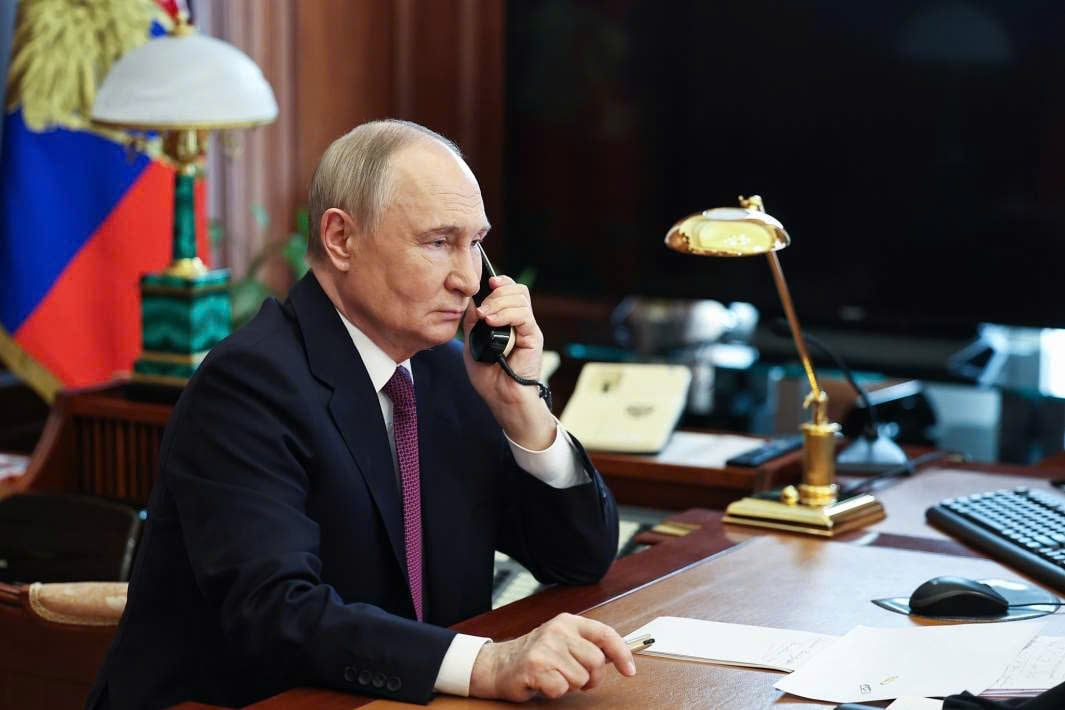







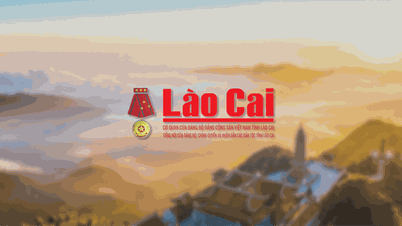



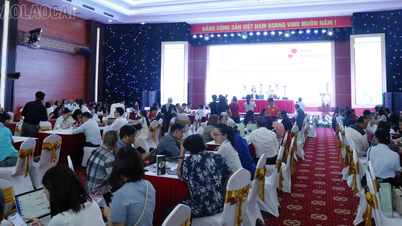

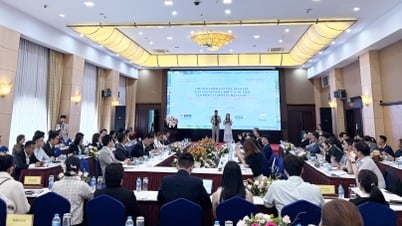






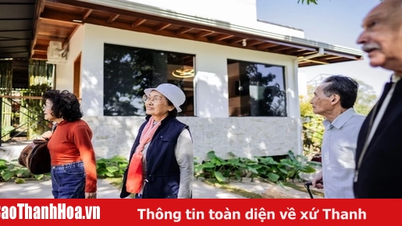





![[Photo] General Secretary To Lam receives Korean Ambassador to Vietnam](https://vphoto.vietnam.vn/thumb/1200x675/vietnam/resource/IMAGE/2025/6/6/a0765b7543784cbcbfe4755b67d43ab4)


![[Photo] President Luong Cuong works with Hung Yen and Thai Binh Provincial Party Committees on implementing Resolution of the 11th Central Conference, 13th tenure](https://vphoto.vietnam.vn/thumb/1200x675/vietnam/resource/IMAGE/2025/6/6/127b735d2761484d81dcee0d7725a25b)




























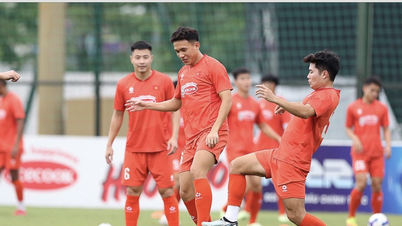
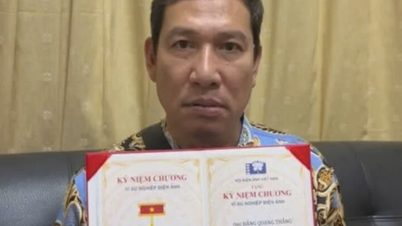

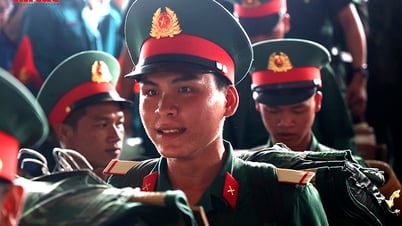
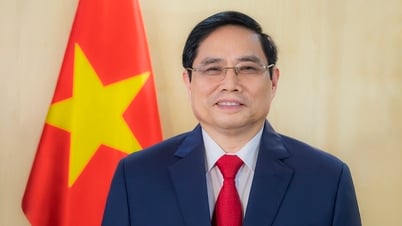

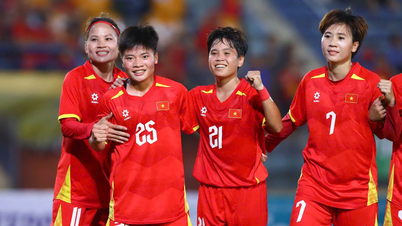


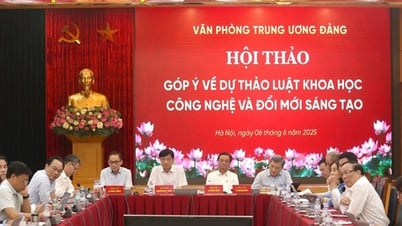

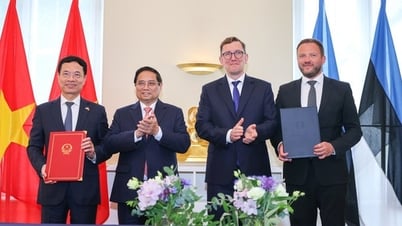





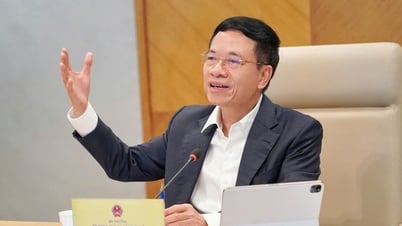



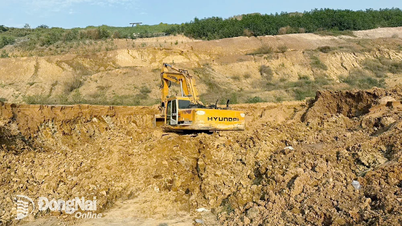

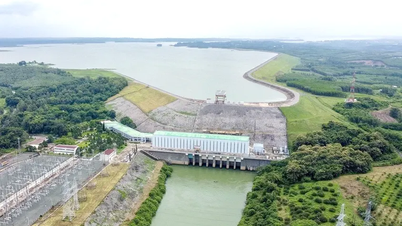





![[OCOP REVIEW] Tu Duyen Syrup - The essence of herbs from the mountains and forests of Nhu Thanh](https://vphoto.vietnam.vn/thumb/402x226/vietnam/resource/IMAGE/2025/6/5/58ca32fce4ec44039e444fbfae7e75ec)




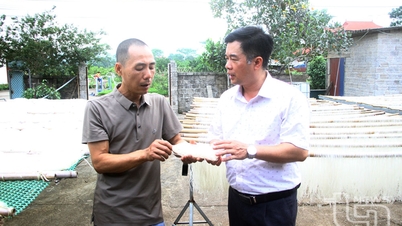

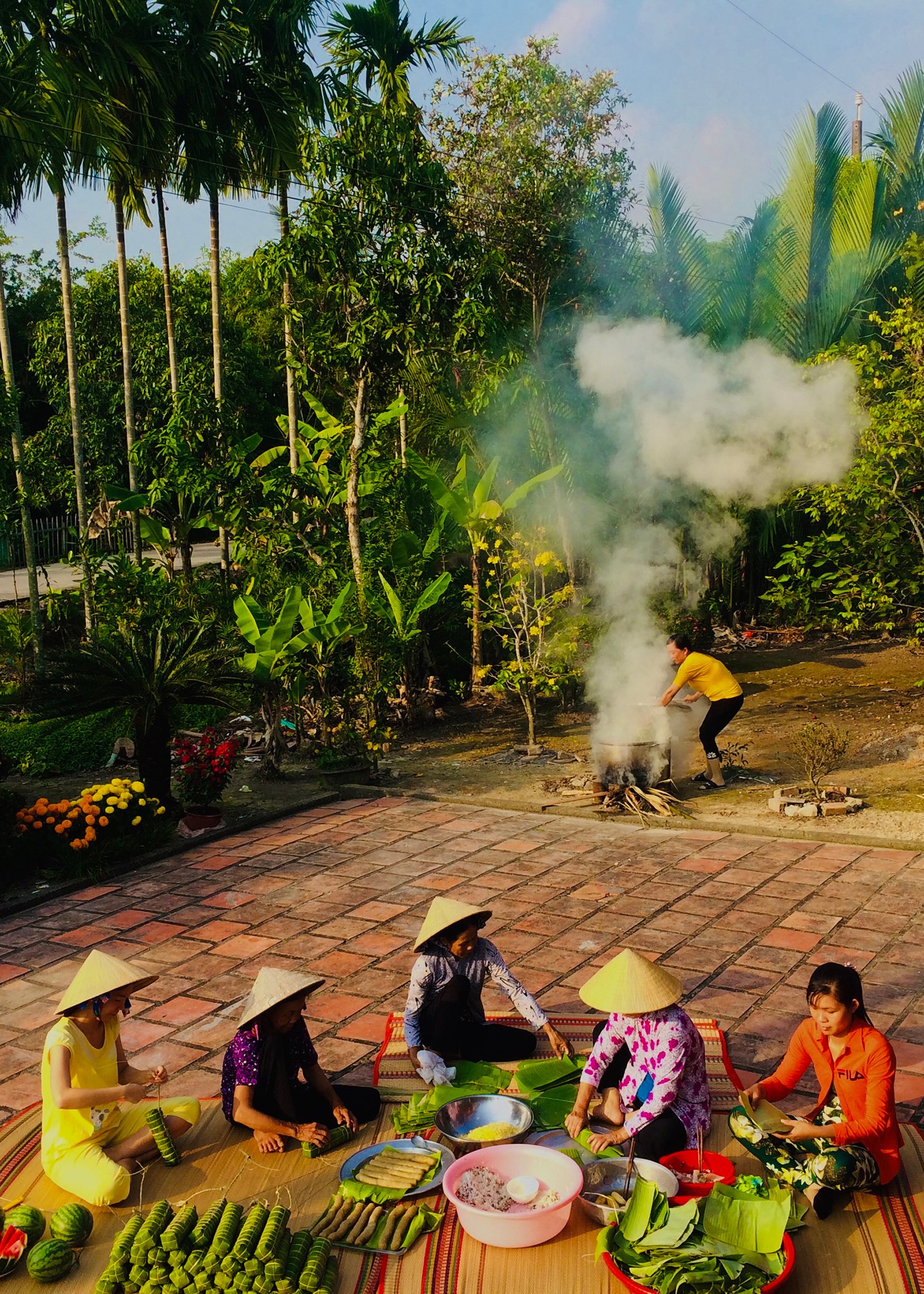
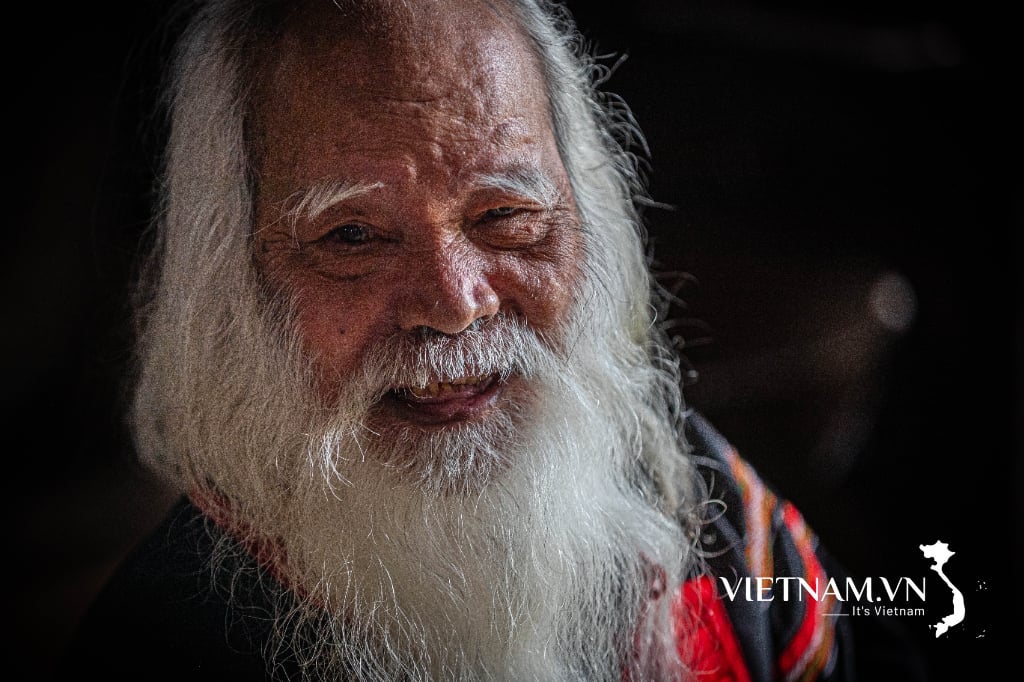
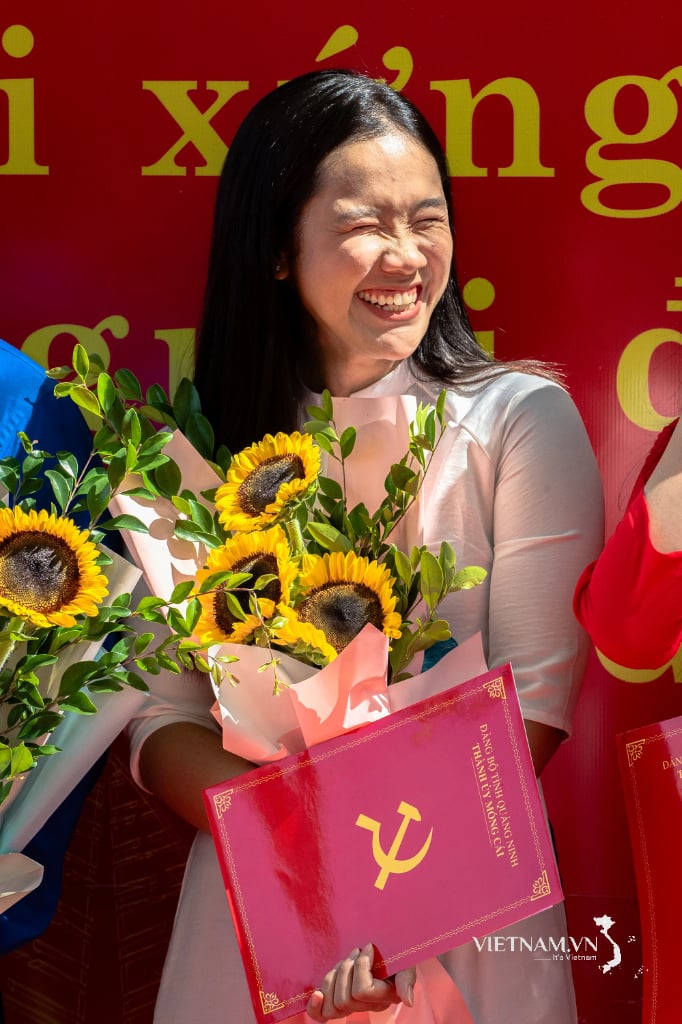
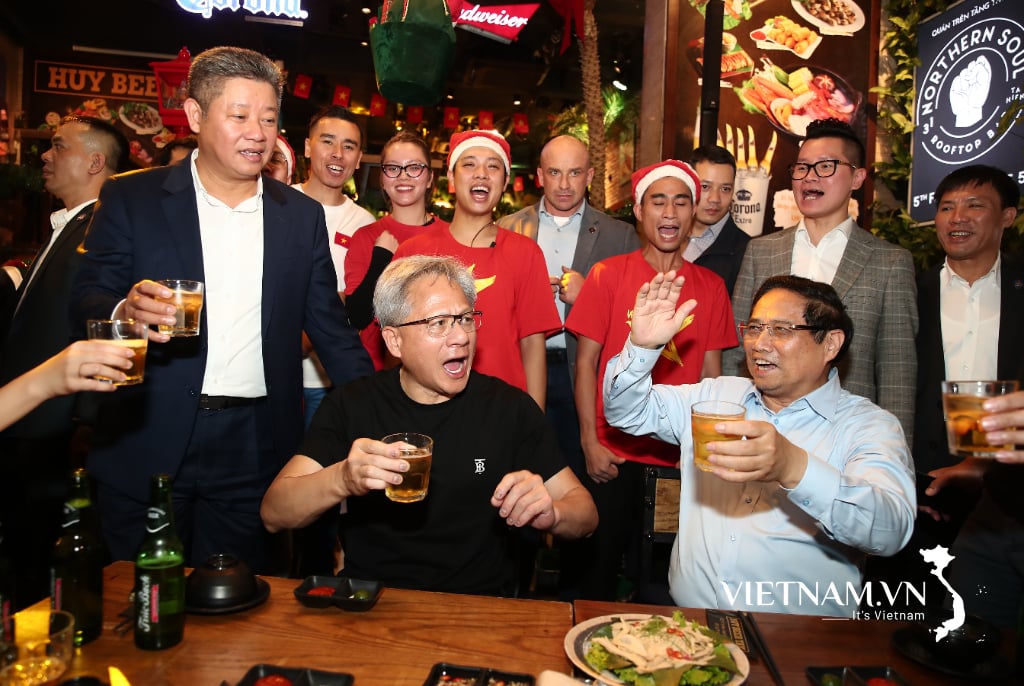
Comment (0)